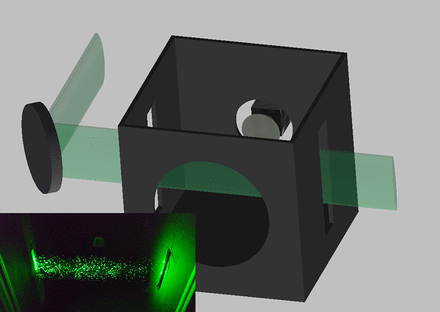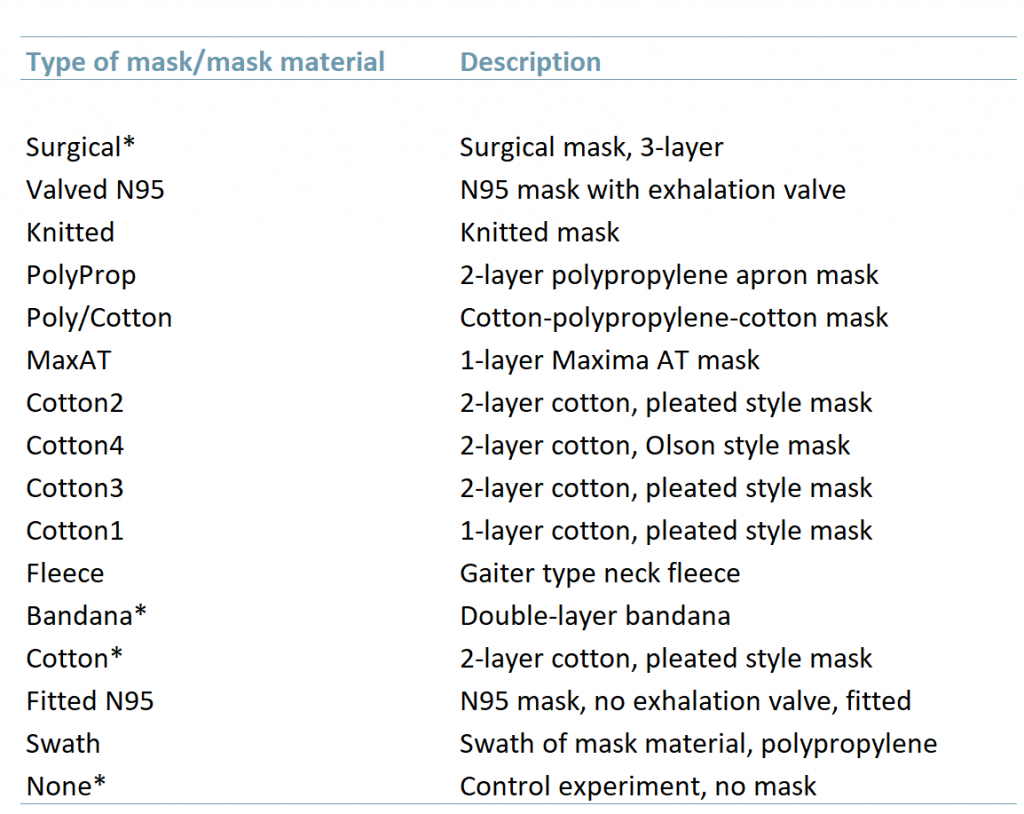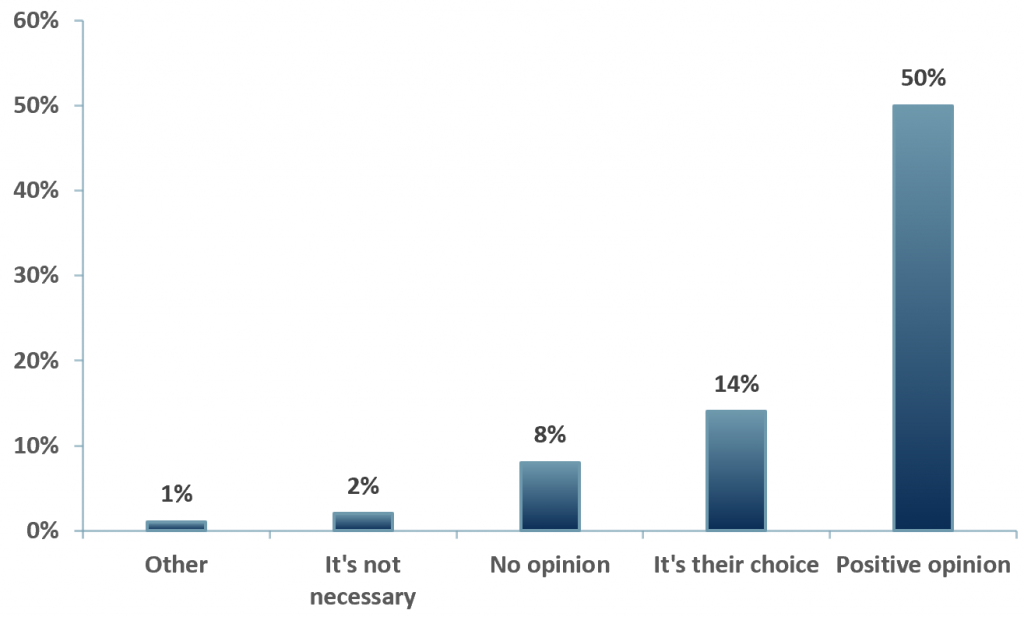Covid is here to stay and so is the face mask
Vaccine or no vaccine Covid is here to stay and its future variants are as inevitable as the rising sun – these variants will require ‘upgrades’ or changes to the current set of vaccines, just as flu vaccines are annually updated. And as such the face mask is also here to stay. In Asia, the face mask is part of going out and international travel and has been since SARS.
It is therefore worth understanding some of the science of facemasks and worth noting that some types of homemade masks are not as inferior as some may think.
Duke University’s study of 7th August published in Science Advances ranked the best mask defences for Coronavirus – the experimental procedure and findings raise more general questions about science, social media, government policy and business investment.
- Duke used a laser beam and a mobile phone to assess transmission of droplets during speech.
- A laser was beamed through two slits on the left and right sides of a box creating a thin light ‘sheet’.
- A volunteer spoke through a mobile phone that was placed in front of a hole on the back side of the box. The amount of light that got ‘spattered’ by the respiratory droplets was recorded. In this way the droplets were counted using a simple algorithm.

Source: Duke University
- The test is carried out with the volunteer without a mask (the control experiment) and then repeated but whilst wearing a mask in order to record the difference in particles measured.
- Duke tested 14 different mask material types including N95 – which is used by healthcare workers – as well as the control experiment with no mask (see Exhibit 1).
Exhibit 1 – Mask types tested in the Duke study
 Sources: ACF Equity Research; Science Advances; Note: * masks/material were tested by four individuals. All others by one
Sources: ACF Equity Research; Science Advances; Note: * masks/material were tested by four individuals. All others by one
Conclusions from the Duke study:
- N95 design and material was the most effective (see exhibit 2 below), followed by the three-layer surgical mask and thirdly and slightly surprisingly – the homemade cotton masks.
- Neck fleeces, bandanas and knitted masks did not perform well. In fact, the fleece mask seemed to attract and funnel particles in – more particles were detected than for a volunteer wearing no mask at all.
Exhibit 2 below shows the results of the different types of masks and mask materials that were tested and their relative particle count out of 100%. The lower the % the fewer particles detected. Note the how fleece masks are more liability than asset.
Exhibit 2 – Droplet count from face mask transmission, 2020
 Sources: ACF Equity Research; Science Advances
Sources: ACF Equity Research; Science Advances
- The message here is clear. Masks work – but not all masks are equal and a cotton homemade mask can be better than some commercial masks.
However, the perception around wearing face masks outside of Asia is an issue. In exhibit 3 we show sentiment data from June 2020.
Exhibit 3 – Percent of individuals who had a positive opinion of people that chose to wear masks, June 2020
 Sources: ACF Equity Research; Statista
Sources: ACF Equity Research; Statista
This is not just a technology/healthcare/Covid testing story, it also touches usefully on current social media trends.
This immediate and perhaps even excessive flow of information is good in many ways but also has its downfalls.
This article shows us that the plethora of masks available to choose from is good because it encourages people to wear masks, fashion comes into play here too to encourage adoption.
On the other hand, the danger is that individuals do not fully understand the repercussions of the choices they make (as was ever the case), social media platforms are not totally to blame but they do have a role in certain circumstances to exercise editorial control in our view.
Whilst it is difficult for governments to regulate smaller businesses and ensure that they are producing masks to the right standards, individuals may well start taking studies such as this one into consideration when it comes to their safety.
The facemask market is an example where government intervention to enforce comparative labelling, for example, would be very positive. Food labelling is another area where all governments could and should do more, given it is also about the health of their people.
This is an abridged and reviewed version of a series of fuller analyses and interpretations already published by ACF. The original series can be found at these links:
- Which face masks do the job they are intended for?
- What more can governments do to ensure people wear the right kind of mask?
- Will government contracts to produce PPE promote UK small-cap businesses globally?
Author: Renas Sidahmed – Renas is a Staff Analyst and part of the Sales & Strategy team at ACF Equity Research. See Renas’s profile



![Climate change and the [re]emergence of millet Climate change and the [re]emergence of millet](https://acfequityresearch.com/wp-content/webpc-passthru.php?src=https://acfequityresearch.com/wp-content/uploads/2023/08/ACF_Millet-a-new-sustainable-market-_Twitter-470x320.jpg&nocache=1)












